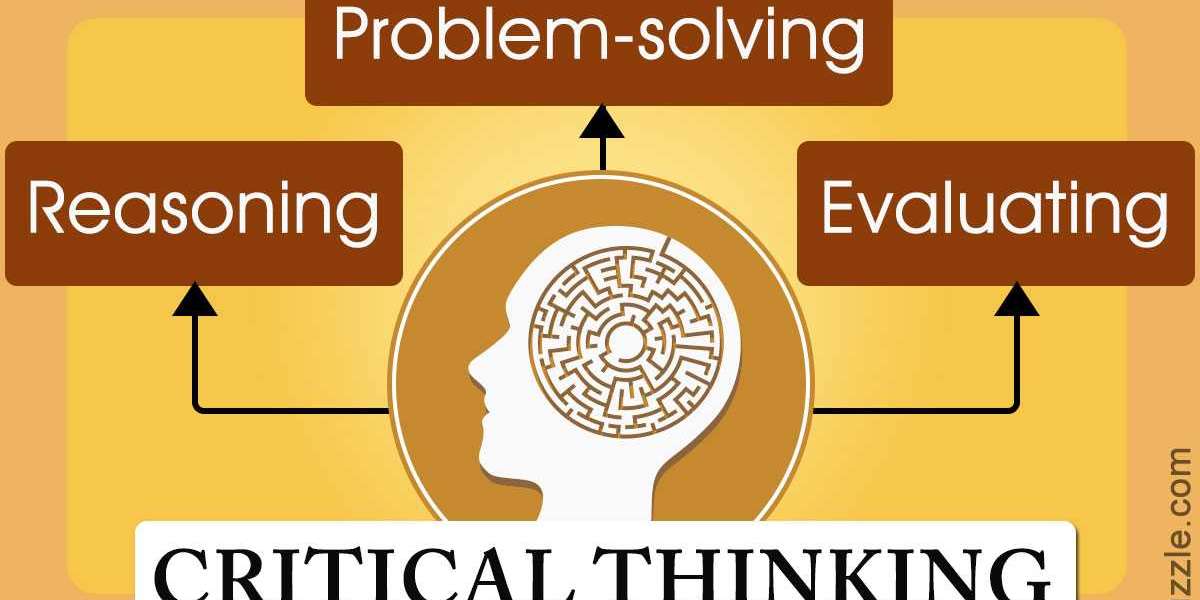
Critical thinking standards refer to a set of criteria or benchmarks used to evaluate the quality of thinking, reasoning, and decision-making. These standards provide a framework for assessing the strengths and weaknesses of arguments and ideas, and help individuals develop their critical thinking skills.
These standards are intended to guide individuals in their analysis and evaluation of information, by requiring them to carefully consider factors such as the quality of evidence, the logical coherence of arguments, the relevance of information, and the potential for bias or distortion. By applying these standards, individuals can more effectively assess the strengths and weaknesses of different perspectives, and make more informed and thoughtful decisions.

Clarity: This standard refers to the ability to communicate clearly and effectively. Clear communication means using language that is easy to understand, avoiding ambiguity or vagueness, and presenting ideas in a straightforward and organized manner. A clear message helps ensure that the audience understands the intended meaning of the communication.
Precision: Precision refers to the level of detail and specificity in the language used to communicate. A precise message provides more accurate information by avoiding overly general or vague statements. It requires careful attention to the words used, selecting the most appropriate terms to convey the intended meaning.
Accuracy: Accuracy refers to the truthfulness and correctness of information presented. An accurate message is supported by reliable evidence and free from errors or distortions. Inaccurate information can lead to false conclusions and faulty decision-making.
Relevance: Relevance refers to the connection between the information presented and the topic at hand. A relevant message is focused on the topic being discussed and avoids presenting extraneous or unrelated information. It helps ensure that the communication is useful and helpful to the audience.
Consistency: Consistency refers to the harmony and coherence of information presented. A consistent message avoids contradictions and conflicting information. It ensures that the communication is logical and understandable.
Logical Correctness: Logical correctness refers to the use of valid reasoning and avoiding logical fallacies. A logically correct message ensures that the conclusion follows from the premises presented, and that the argument is sound.
Completeness: Completeness refers to the degree to which all relevant information is included in the communication. A complete message provides enough information to fully understand the topic being discussed. Incomplete information can lead to misunderstandings and incomplete decision-making.
Fairness: Fairness refers to the impartiality and objectivity of the communication. A fair message presents all relevant perspectives and considers the interests of all parties involved. It avoids biased or prejudiced information and ensures that everyone is treated equitably.
In summary, these eight standards are important components of critical thinking, and they help ensure that the communication is clear, precise, accurate, relevant, consistent, logically correct, complete, and fair.








Mohtishim Mohiuddin 1 y
Thanks for reading